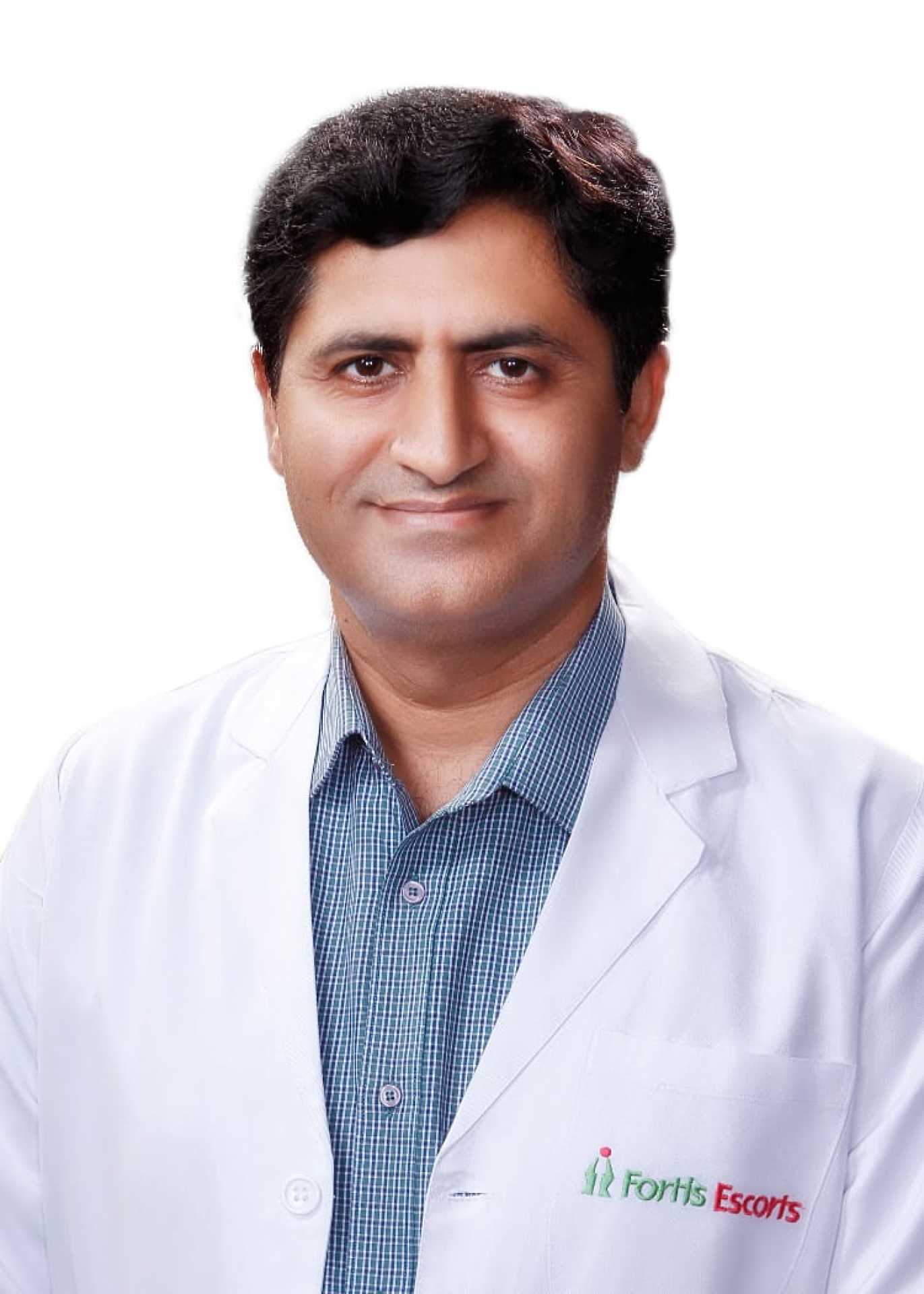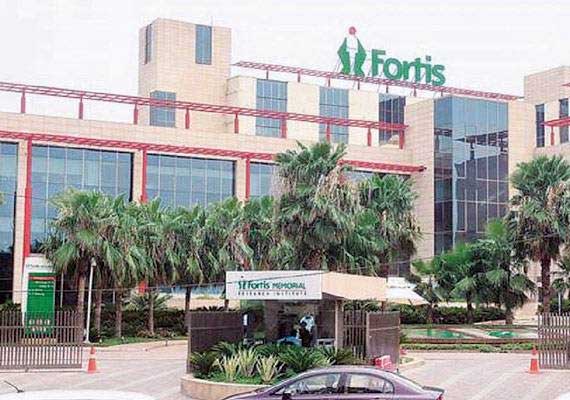Transcervical Submandibular Gland Excision Treatment in India
treatment
starting from
Introduction
The human body is a fascinating tapestry of complex systems and functions. One of its lesser-known yet vital components is the submandibular gland, located beneath the jawline, contributing to the saliva production necessary for digestion. Despite its significance, this gland can sometimes be a source of discomfort and health issues. In this blog, we delve into the realm of Transcervical Submandibular Gland Excision, exploring its procedure, costs in India, symptoms, causes, diagnosis, and treatment options.
Understanding Transcervical Submandibular Gland Excision
Transcervical Submandibular Gland Excision is a surgical procedure designed to remove the submandibular gland via a transverse incision along the neck's natural creases. This approach offers several advantages, such as minimizing visible scarring and reducing the risk of damage to surrounding structures. Generally performed under general anesthesia, the procedure entails making a discreet incision, isolating and excising the submandibular gland, and subsequently closing the incision with meticulous care.
Procedure Cost in India
India has emerged as a leading destination for medical tourism, offering world-class healthcare facilities at a fraction of the cost compared to many Western countries. While the specific cost of Transcervical Submandibular Gland Excision may vary depending on the hospital, surgeon's expertise, and the patient's overall health condition, it is typically considerably more affordable in India than in many other nations.
On average, the cost of this procedure in India ranges from INR 50,000 to INR 1,50,000 (approximately $670 to $2,000 USD). It is crucial to note that these figures are indicative and may fluctuate, so prospective patients are advised to consult with medical professionals and conduct thorough research to obtain precise estimates.
Symptoms of Submandibular Gland Disorders
Several symptoms may indicate issues with the submandibular gland:
a. Swelling: Inflammation of the submandibular gland may lead to noticeable swelling below the jawline, causing discomfort and cosmetic concerns.
b. Pain and Tenderness: Patients may experience pain and tenderness around the affected area, especially when eating or touching the jawline.
c. Dry Mouth: Dysfunction of the submandibular gland can result in reduced saliva production, leading to dryness in the mouth and difficulties in swallowing and speaking.
d. Foul Taste: An abnormal taste in the mouth, often described as bitter or metallic, can be a result of the submandibular gland not functioning optimally.
e. Sialolithiasis: The formation of calcified stones within the submandibular duct can obstruct saliva flow, leading to painful swelling during mealtime.
Causes and Diagnosis
a. Sialadenitis: This condition occurs when the submandibular gland becomes infected, typically due to bacterial entry through the salivary ducts. Poor oral hygiene, dehydration, or underlying medical conditions may contribute to sialadenitis.
b. Sialolithiasis: The development of salivary stones (sialoliths) in the submandibular duct can impede saliva flow, causing inflammation and pain.
c. Neoplasms: While rare, tumors and growths in or around the submandibular gland can cause enlargement and necessitate surgical intervention.
Diagnosis
Accurate diagnosis is paramount for determining the appropriate course of action. Physicians may employ various techniques to diagnose submandibular gland disorders:
- Physical Examination: Swelling and tenderness around the submandibular gland may be evident during a physical examination.
- Ultrasound: Non-invasive ultrasound imaging can help visualize the gland and identify any abnormalities or stones.
- Sialography: A contrast dye is injected into the salivary duct, enabling better visualization through X-ray imaging.
- Fine Needle Aspiration (FNA): If a tumor is suspected, a fine needle is used to extract a tissue sample for biopsy.
Treatment Options
The treatment plan depends on the underlying cause of the submandibular gland disorder:
a. Antibiotics: In cases of sialadenitis caused by bacterial infections, a course of antibiotics may be prescribed.
b. Sialoendoscopy: For sialolithiasis, endoscopic techniques can be used to locate and remove salivary stones, often avoiding the need for surgery.
c. Transcervical Submandibular Gland Excision: Surgical removal becomes necessary in cases of persistent sialadenitis, tumors, or obstructive disorders.
Preparing for Transcervical Submandibular Gland Excision
Before undergoing Transcervical Submandibular Gland Excision, patients should engage in a comprehensive preparation process:
a. Consultation and Evaluation: Patients should schedule a consultation with an experienced head and neck surgeon. During this evaluation, the surgeon will assess the patient's medical history, conduct a physical examination, and order relevant tests to ensure they are fit for surgery.
b. Understanding Risks and Benefits: It is essential for patients to have a clear understanding of the potential risks, benefits, and outcomes of the procedure. Surgeons will discuss possible complications, such as infection, bleeding, and nerve damage, and provide information on the benefits of gland excision, particularly if the gland is causing persistent issues.
c. Fasting and Medications: The surgeon will instruct the patient on fasting requirements before the procedure. They may also provide guidelines on medications to avoid prior to surgery, especially blood-thinning drugs, to reduce the risk of excessive bleeding during the operation.
d. Arrange Support: Patients should arrange for a family member or friend to accompany them on the day of the surgery, as they may require assistance with transportation and postoperative care.
Conclusion
Transcervical Submandibular Gland Excision is a transformative procedure that addresses submandibular gland disorders, providing relief and improving the quality of life for patients. With India's competitive healthcare costs and advancements in medical technology, individuals seeking treatment have access to world-class facilities and skilled surgeons. By being well-informed, prepared, and adhering to postoperative care instructions, patients can look forward to a healthier, more comfortable future, free from the burden of submandibular gland-related issues. As with any medical procedure, patients should consult with their healthcare professionals to determine the most suitable treatment plan for their specific condition.
How It Works
Need help in organizing medical travel to India?




